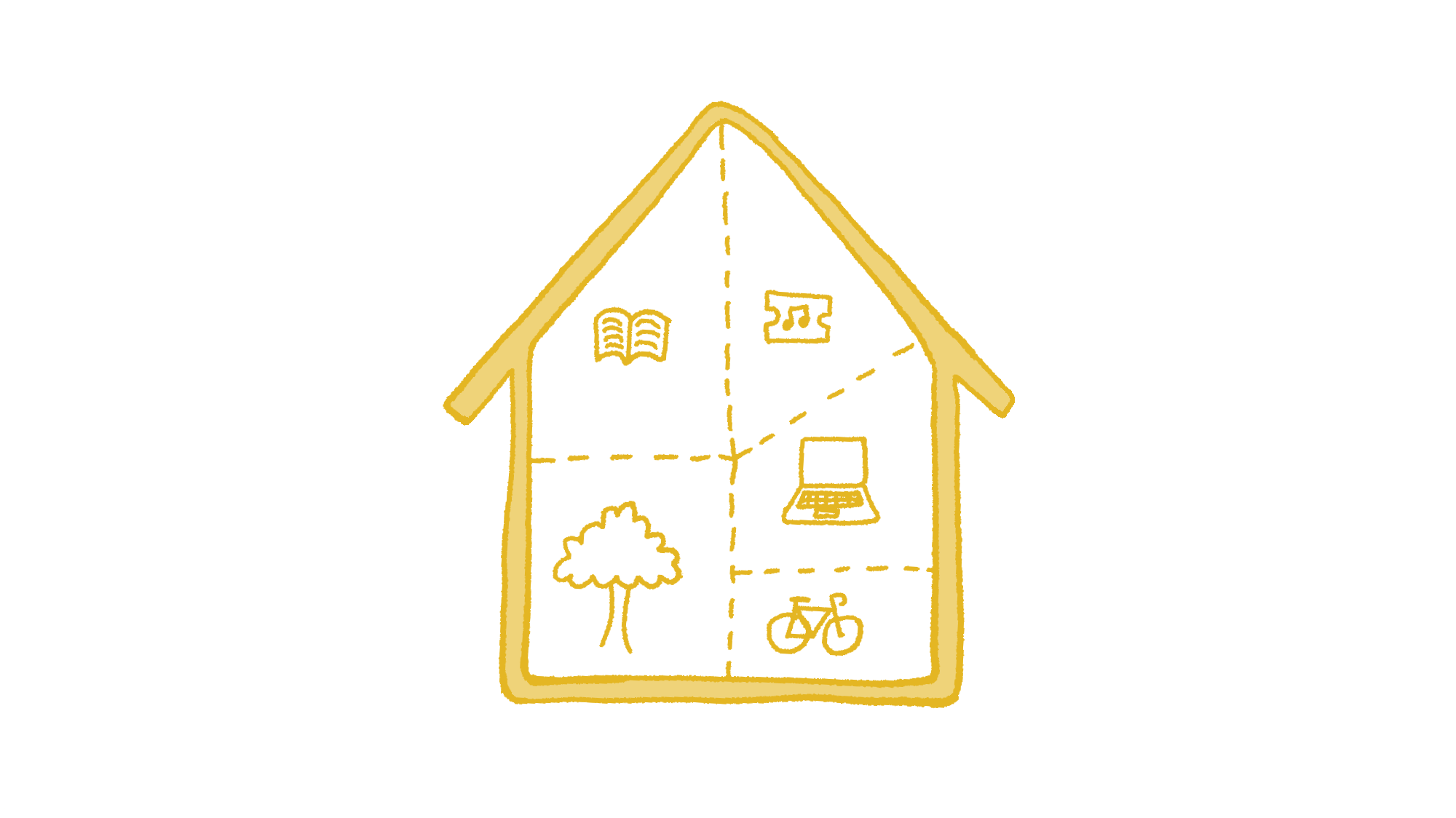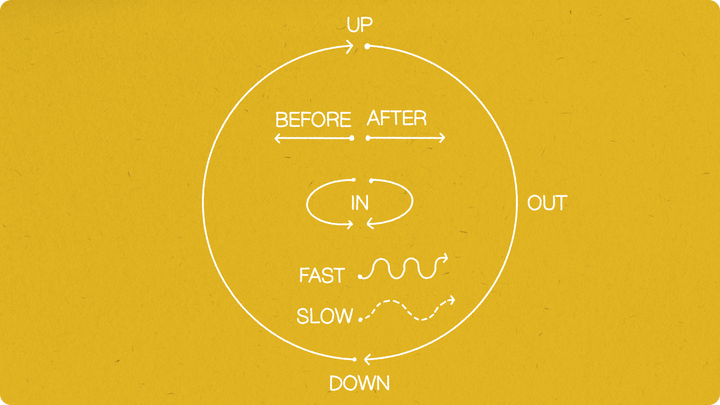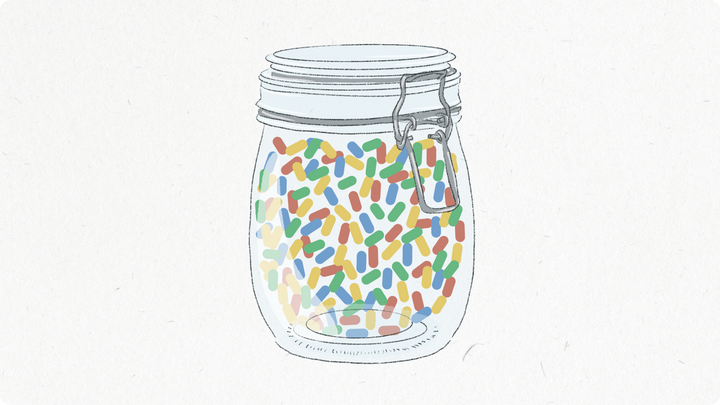A Plot For Higher Grounds
If All Rooftops Were Gardens

Whenever I see an aerial shot of any city, I always notice that single rooftop that's been blessed with greenery. Whether it's a fancy rooftop pool with exotic potted plants or a simple green space for employees to enjoy, it stands out, bright and lively, amongst the gray skyline. I always wonder why it's not a requisite to install a garden or green space on every rooftop. It seems obvious to me that we can potentially leverage the entire square footage that buildings have taken away from the soil and just elevate it above ground.

During the quarantine, I've heard of a lot of people getting into the art of gardening. It's amazing what you can grow with just a 10 sq. ft. balcony in the center of the city. If every building had a garden, I am convinced it would create a shift in people. By being exposed and having easy access to it, we would reduce friction and allow for people to work together to cultivate and grow their own produce.

We can possibly view food in a completely different way! We can learn to be aware of the changing seasons and the crops that come with their cycle. We would have to be more creative with the way we cook, the way we store food, maybe bring back age-old methods like home canning and pickling. We would eventually learn not to expect strawberries in the middle of winter.

Of course this might seem too utopian; not every building has a strong community of neighbours or colleagues who want to share the responsibility of maintaining a garden. More realistically, these spaces could be handed off to existing urban farming companies, meal kit delivery services and restaurants. This could conceivably create new jobs, lower prices, and strengthen consumers' awareness to locally sourced organic produce. For countries having to face harsh winters, an increase in urban garden square footage would allow more companies to start, the industry to grow, and ultimately, innovation to be driven in the technology, processes and logistics of cultivating food while it snows outside.
Looking at it from a bigger lens, such a shift also means a reduction of large trucks transporting food from rural areas towards cities. It means an increased traceability of our purchases. It means that people would gradually stop expecting to eat avo toast on a snowy January morning. And it might even mean more critical citizens applying their newly found local sourcing sensitivity to other industries.



